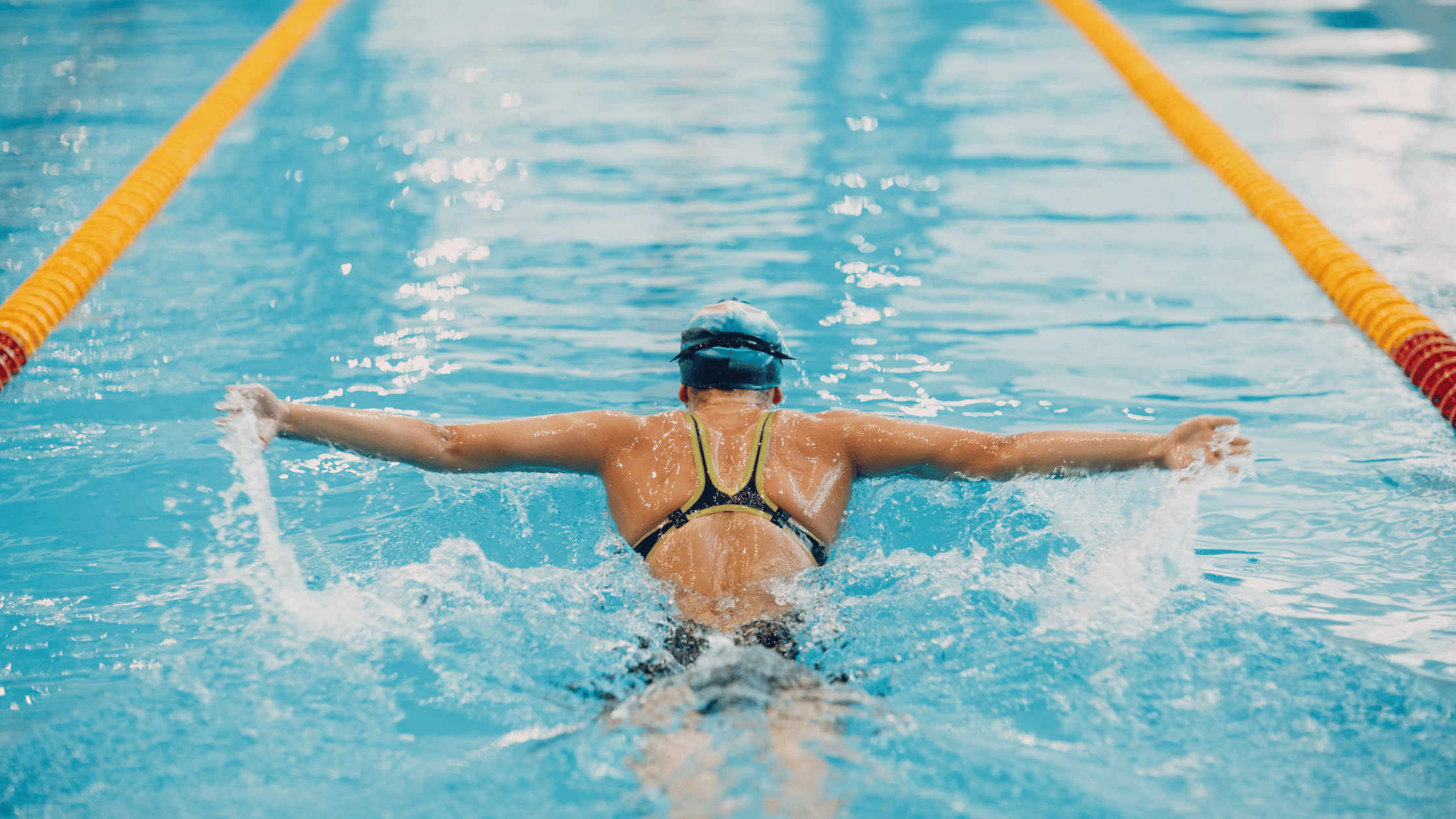Physical Therapy for Swimmers: Navigating Rehabilitation and Recovery

Licensed Physical Therapist, PT, DPT // EW Motion Therapy Homewood
Swimming, a sport celebrated for its low-impact nature and comprehensive health benefits, is not immune to the risks of injury. Athletes, both amateur and professional, often seek physical therapy to address various issues arising from their sport. Understanding the common reasons swimmers turn to physical therapy and the potential treatment plans is crucial for a swift and effective return to the water. We consider it a privilege to assist our athletes at EW Motion Therapy with returning to their sport or improving performance. But even if you decide that our services do not fit your needs, you can still read on as we discuss common injuries in swimmers, potential elements of a physical therapy plan, and proactive measures to prevent future injuries.
Common injuries leading swimmers to physical therapy
Shoulder injuries
The repetitive overhead motion of strokes like freestyle, butterfly, and backstroke places significant stress on a swimmer's shoulders. This stress can lead to conditions such as swimmer's shoulder, characterized by inflammation and pain. Swimmer's shoulder is characterized by inflammation and pain and limited range of motion when attempting to reach overhead. It is important to know specifically when in the stroke, the swimmer is feeling pain when attempting to reach overhead to know better how to treat the underlying issue. Other frequent complaints include rotator cuff tendinitis, biceps tendinitis, impingement syndrome, and inflamed bursa. These injuries result from overuse, improper technique, or muscle imbalances, making the shoulder a primary focus in swimmer-related physical therapy.
Knee and groin issues
Breaststroke swimmers often experience knee pain due to the unique whip-like motion required by the stroke, as well as improper form. This can lead to conditions like breaststroker’s knee, involving the ligaments and tendons around the knee joint, most commonly the MCL (medial collateral ligament). The MCL is a structure that is solely around the knee. It attaches the proximal tibia to the distal femur on the medial side of the knee, providing inner knee support. If the swimmer feels pain localized to the inner knee, it is most likely due to the MCL. The pes anserinus is another structure on the medial side of the knee that can become inflamed with overuse, causing pes anserine bursitis or tendonitis.
The adductor muscle group is the structures that run from the pelvis to the inner thigh and knee. The most commonly injured adductors in swimming are the adductor magnus and adductor brevis. If the swimmer feels pain or discomfort on the inner thigh, most commonly the proximal inner thigh, it is likely due to a strain injury. In both cases, improper kicking technique and overuse lead to irritation and is something that should be addressed early if symptoms start to show.
Neck pain
Breathing correctly is an essential technique for any swimmer that might seem intuitive but can often be challenging to execute. A swimmer must breathe bilaterally, lifting their head to each side equally. If a swimmer favors one side to breathe over another, this can cause facet dysfunction or cervical spine joint stiffness. Also, breaststrokers must keep their heads above the water in an extended position the majority of the time, which can also cause pain.
Back pain
When you swim with proper form, the lumbar spine is continuously hyperextended. To balance the load on your joints, you must have core strength to keep your spine neutral. Some swimmers may not have the core strength required to balance everything out, so they may develop back pain over time, especially in their lower back.
Tailoring treatment: personalized physical therapy plans
Comprehensive assessment: the starting block
A thorough evaluation is the first step in any physical therapy treatment plan. For swimmers, this typically involves analyzing stroke technique, flexibility, strength, breathing techniques, and joint stability. Identifying the root cause of the injury is essential for developing an effective treatment plan.
Strengthening and conditioning: building resilience
Physical therapists often prescribe exercises to strengthen the muscles around the injured area. The muscles your therapist decides to target are dictated by the strokes you do most often. This might include exercises to strengthen the rotator cuff and scapular stabilizers for shoulder injuries. Core strengthening is also crucial, as a strong core supports better swimming posture and technique, reducing limb strain. Pilates can be an excellent way to cross-train and add core strengthening into any swimmer’s routine.
Flexibility and mobility work: ensuring fluid movements
Swimmers require high flexibility and joint mobility, particularly in the shoulders and hips. Physical therapy sessions often incorporate stretching and mobility exercises to enhance these attributes. Techniques like dynamic stretching and proprioceptive neuromuscular facilitation (PNF) stretching can be particularly effective. Your therapist may even suggest modalities like dry needling to release muscle trigger points that may not function properly.
Technique modification: refining the stroke
Physical therapists work closely with swimmers to modify stroke techniques to prevent re-injury. This might involve adjusting hand placement, stroke timing, or body positioning. Improper form can result in injury in any sport, so ensuring their stroke form is consistent outside the water can help prevent injuries while swimming, especially in the knees and groin area.
Preventing future injuries: proactive measures
Regular screening
Regular physical assessments can help identify potential issues before they become injuries. Physical therapists can assess a swimmer's flexibility, strength, and technique, guiding areas for improvement.
Cross-training: balancing the body
Incorporating cross-training activities like cycling, Pilates, or using resistance bands can help address muscle imbalances and enhance overall athletic performance. This exercise diversification helps reduce the risk of overuse injuries common in swimming.
Recovery and rest
Adequate rest and recovery are essential in any athlete's regimen. Physical therapists often emphasize the importance of rest days, proper sleep, and recovery techniques like foam rolling or massage to maintain optimal physical condition.
Physical therapy is pivotal in helping swimmers overcome injuries and return to the sport they love. By understanding the common injuries that affect swimmers and the various treatment options available, athletes can take proactive steps toward rehabilitation and injury prevention. Remember, a successful journey through physical therapy not only addresses current injuries but also equips swimmers with the knowledge and skills to prevent future issues, ensuring a long and healthy swimming career. We love helping our swimmers stay injury-free at EW Motion Therapy, and if you’d like to learn more about how much your physical therapy might cost, click the button below to download our free pricing guide.


